Loading
Journal of Experimental Neurology
ISSN: 2692-2819
Most Read Articles
Caring for the Vulnerable and Disadvantaged
Sidonie E. Ibrikji MD , Shumei Man MD, PhD
Ischemic stroke carries a high readmission rate [1]. Among Medicare beneficiaries hospitalized for acute ischemic stroke, 14.1% were readmitted within 30 days, 29.2% within 90 days, and 55.3% within 1 year [1].
J Exp Neurol, 2022, Volume 3, Issue 1, p5-7 | DOI: 10.33696/Neurol.3.054
Comparing Contrast Agent Enhancement: The Value of Artificial Intelligence/Machine Learning
Matthew J Kuhn MD , Julia W Patriarche PhD , Douglas Patriarche BSc , Massimo Bona MD , Miles A Kirchin PhD , Gianpaolo Pirovano
Gadolinium-based contrast agents (GBCAs) work by shortening the T1, T2, and T2* relaxation time constants of adjacent water protons in tissues.
J Exp Neurol, 2022, Volume 3, Issue 1, p8-14 | DOI: 10.33696/Neurol.3.055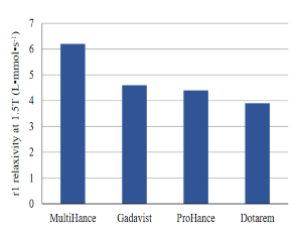
Should Food Cravings be Controlled or Understood?
Jônatas de Oliveira , Ta´ki Athana´ssios Corda´s
Food Cravings (FC) is the term commonly used to describe sensations related to an intense desire for specific consumption [1], and there are features that we separate into internal and external aspects related to FC [2]
J Exp Neurol, 2020, Volume 1, Issue 2, p31-34 | DOI: 10.33696/Neurol.1.006
Skeletal Muscle Weakness Often Occurs in Patients with Myalgic Encephalomyelitis / Chronic Fatigue Syndrome (ME/CFS)
Yves Jammes , Frédérique Retornaz
This commentary complements data reported in Clinical Biomechanics [1] reporting reduced maximal handgrip strength in numerous patients with myalgic encephalomyelitis / chronic fatigue syndrome (ME/CFS) in proportion to their lowered maximal physical performances.
J Exp Neurol, 2020, Volume 1, Issue 2, p35-39 | DOI: 10.33696/Neurol.1.007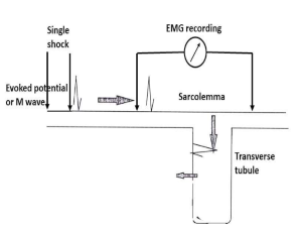
Stroke, Oxygen and Prehospital Care: A Commentary on Current Treatments and Opportunities for Improvement
John Collins , Igor Rybinnik , Bryan Fischberg , Jonathan McCoy
Stroke is a common and very serious illness where timely evaluation and intervention can have dramatic effects on patient outcomes.
J Exp Neurol, 2021, Volume 2, Issue 1, p39-46 | DOI: 10.33696/Neurol.2.034
Inhalational Anaesthetics: An Update on Mechanisms of Action and Toxicity
Jan Jedlicka , Philipp Groene , Julia Linhart , Elisabeth Raith , Davy Mustapha , Peter Conzen
Inhalational anaesthetics have been used for induction and maintenance of general anaesthesia for more than 150 years. In human medicine desflurane, sevoflurane, and isoflurane are commonly used.
J Exp Neurol, 2021, Volume 2, Issue 2, p62-69 | DOI: 10.33696/Neurol.2.037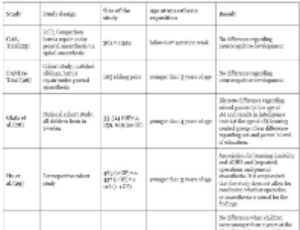
Combined Antiseizure Efficacy of Cannabidiol and Clonazepam in a Conditional Mouse Model of Dravet Syndrome
Shu-Hui Chuang , Ruth E. Westenbroek , Nephi Stella , William A. Catterall
Dravet syndrome (DS) is an intractable childhood epilepsy disorder affecting one in 15,000 to 20,000 births [1]. It is caused by de novo heterozygous lossof- function mutations in the SCN1A gene encoding the brain type-I voltage-gated sodium channel Nav1.1
J Exp Neurol, 2021, Volume 2, Issue 2, p81-85 | DOI: 10.33696/Neurol.2.040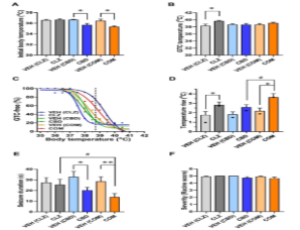
Alzheimers Disease: A Brief Review
Samantha McGirr , Courtney Venegas , Arun Swaminathan
The worldwide prevalence of dementia is estimated to be over 45 million people. Alzheimer’s disease (AD) is the most common cause of dementia, responsible for 60-80% of cases.
J Exp Neurol, 2020, Volume 1, Issue 3, p89-98 | DOI: 10.33696/Neurol.1.015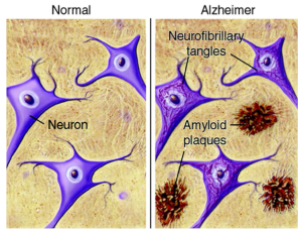
Differential Fecal Microbiome Dysbiosis after Equivalent Traumatic Brain Injury in Aged Versus Young Adult Mice
Booker T Davis IV , Mecca B.A.R. Islam , Promi Das , Jack A Gilbert , Karen J. Ho , Steven J. Schwulst
Traumatic brain injury (TBI) has a bimodal age distribution with peak incidence at age 24 and age 65 with worse outcomes developing in aged populations
J Exp Neurol, 2021, Volume 2, Issue 3, p120-130 | DOI: 10.33696/Neurol.2.044
Impact of Cellular Senescence on Neurodegenerative Diseases during the COVID-19 Pandemic: Suitable Targets Required to Eliminate Cellular Senescence
Md Mohiuddin , Kazuo Kasahara
We recently reviewed the scientific literature that elucidates the impact of cellular senescence on COVID-19 complications.
J Exp Neurol, 2021, Volume 2, Issue 3, p140-142 | DOI: 10.33696/Neurol.2.046
Capillary Stalling: A Mechanism of Decreased Cerebral Blood Flow in AD/ADRD
Reece Crumpler , Richard J. Roman , Fan Fan
Alzheimer’s Disease (AD) and Alzheimer’s Disease-Related Dementias (ADRD) are debilitating conditions that are highly associated with aging populations, especially those with comorbidities such as diabetes and hypertension.
J Exp Neurol, 2021, Volume 2, Issue 4, p149-153 | DOI: 10.33696/Neurol.2.048
About Scientific Archives
Scientific Archives is a global publisher initiated with the mission of ensuring equal opportunity for accessing science to research community all over the world. Spreading research findings with great relevance to all channels without any barrier is our goal. We want to overcome the challenges of Open Access with ensured quality and transparency.
